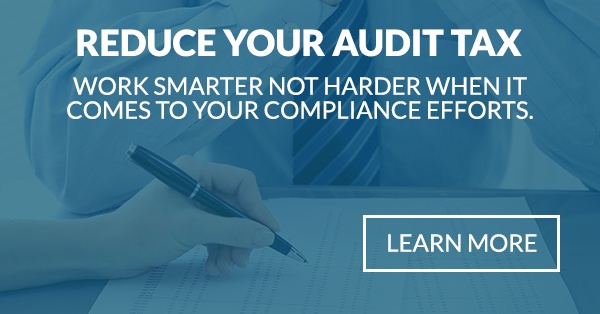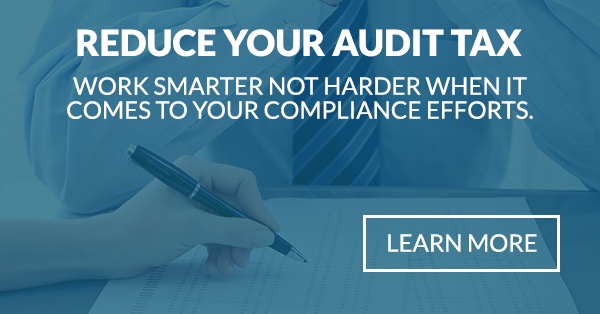Taxes are certainly not fun, but there is something worse: an audit. Combine the two in a risk and compliance scenario and you have the onerous “audit tax,” a figurative term used to describe the expenses a company incurs when deploying resources and manpower to satisfy the burgeoning set of internal and external compliance and audit mandates. The good news is that there are ways to reduce the audit tax burden.
Even though no organization can completely sidestep the audit tax, it is possible to pay less than the competition. Management must apply the, ”Work Smarter, Not Harder” philosophy to compliance efforts to cut down on compliance costs and reap the greatest security benefit for the money invested. The following five methods offer a good start toward reducing the business audit tax to a manageable line item. To learn more, download our latest whitepaper, Reduce Your Audit Tax, which provides a more detailed view of the five methods organizations should consider to streamline their compliance efforts and thereby reduce their audit tax burden.
Take a Top-down Approach to Compliance
Taking a top-down leadership approach reduces the audit tax by eliminating redundant efforts and offering an enlightened vantage point to direct manpower where it is needed and when it is needed to comply with auditors’ demands. Most importantly, it offers IT leadership shared visibility into security activity across different business units and security groups to further improve risk management decisions.
Harmonize Multiple Compliance Efforts
The harmonization effort encompasses the three key elements of security: people, process and technology. By bringing together the people responsible for compliance, having them discuss and strategize processes that will achieve multiple compliance goals at once, and by choosing products that can pull together information from numerous technology silos, the resultant harmonization will ultimately slash the bottom line.
Automate Compliance Data Gathering
An automated solution can help define consistent questions, e-mail surveys and track responses to stay organized. By automating to the greatest extent possible, companies keep a lid on the amount of time billed.
Apply Compliance Best Practices
While it might not be the easiest approach, the most effective way to reduce your audit tax is to take a long look at security and risk standards and adopt the best controls that work for your organization. Unlike many regulatory demands, which can often be vague and oblique, these best practices and security recommendations offer advice for actionable controls that will improve risk management and fulfill compliance needs all in one go.
Learn to Deliver the Right Compliance Reports
Companies must work with auditors to figure out what information the auditors need to see and when they need to see it. From there it is possible to start trimming costs by getting IT and business users to work together to establish built-in structured and repeatable reporting processes that satisfy auditors’ demands.
While you can’t eliminate the audit tax altogether, it is possible to reduce it and ultimately gain value out of the costs incurred. Explore these concepts to reduce the audit tax in greater detail in our latest white paper. Download the FREE white paper here and start saving today!


